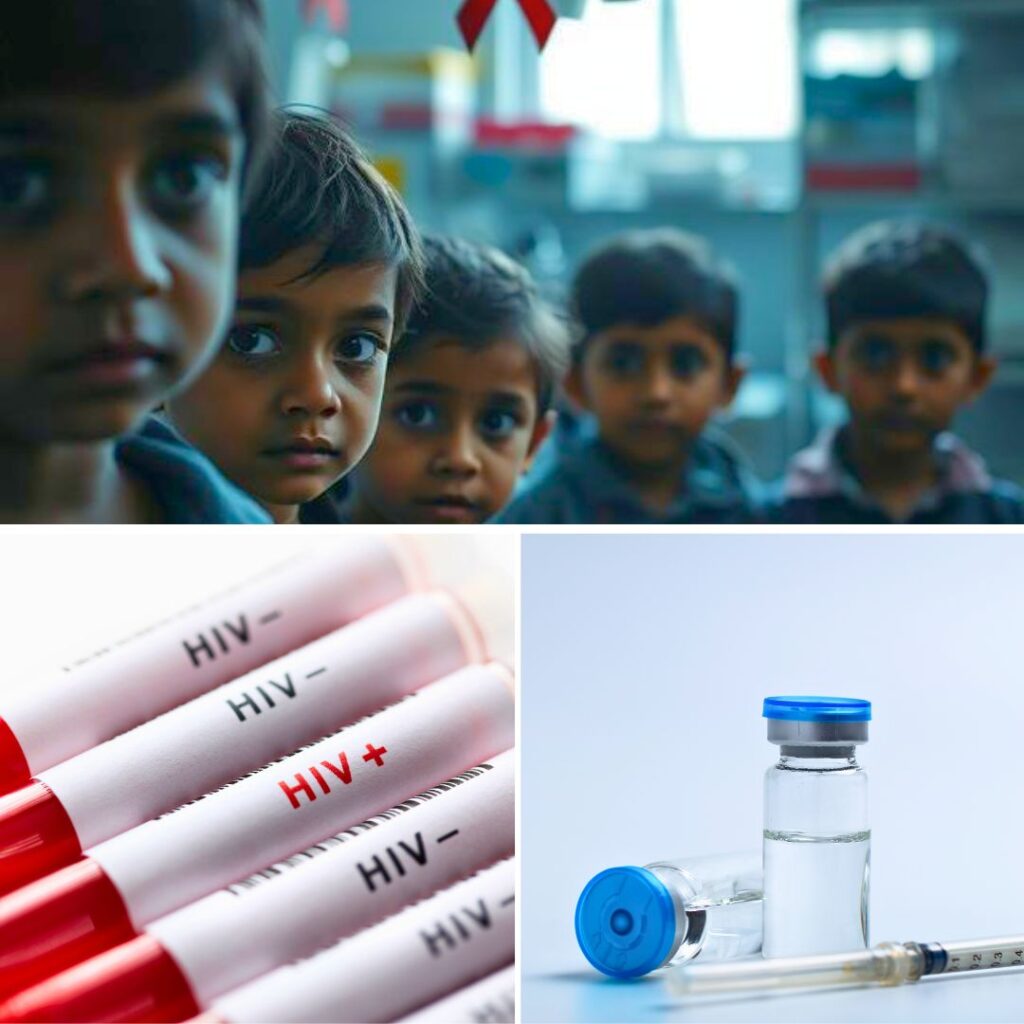India continues to face an acute air pollution crisis, especially in northern cities like Delhi, Kaithal, and Baghpat, where Air Quality Index (AQI) levels remain in ‘very poor’ to ‘severe’ ranges, with Delhi hitting an AQI of 309 on November 3, 2025. Even Kolkata’s AQI is crossing the severe mark; it recorded a 225 AQI this morning.
This crisis stems from various sources including vehicular emissions, industrial activity, construction dust, and crop stubble burning. The tiny particulate matter (PM2.5) from these sources penetrates deep into the lungs and bloodstream, causing severe respiratory and cardiovascular diseases and reducing average life expectancy by about 3.5 years.
Health authorities and global bodies like WHO have called for urgent, coordinated actions to mitigate these risks.
How Air Pollution Harms Respiratory and Cardiovascular Health
PM2.5 and PM10 particles are especially dangerous because they evade the natural respiratory defences and infiltrate lung alveoli and blood, triggering inflammation and exacerbating conditions such as asthma, chronic obstructive pulmonary disease (COPD), lung cancer, and heart diseases.
According to a paper titled, ‘Particulate matter air pollution: effects on the respiratory system’, strong associations exist between air pollution exposure and total mortality as well as cardiovascular and respiratory mortality.. Hospitals in affected areas report spikes in admissions for respiratory problems correlating with pollution peaks.
Vulnerable groups, children, elderly, and those with respiratory/cardiac ailments, bear the brunt of these health impacts.
Causes, Seasonal Challenges, and Government Efforts
The 2025 pollution levels are aggravated seasonally by widespread stubble burning in states like Haryana and Punjab, combined with vehicular and industrial emissions and dust from construction activities. Despite government initiatives like the National Clean Air Programme and Delhi’s Air Pollution Mitigation Plan 2025, pollution control faces challenges such as enforcement gaps and lack of alternatives for farmers.
Authorities have activated graded response plans to combat pollution peaks including intensive water sprinkling, construction restrictions, and vehicle regulations. The World Health Assembly’s roadmap to halve pollution-related deaths globally by 2040 also underscores international momentum for cleaner air.
How to Stay Safe Amidst Severe Air Pollution
Given the health hazards, it is crucial for citizens to take protective measures during high pollution episodes. Officials advise limiting outdoor activities, especially for children, the elderly, and those with pre-existing conditions.
Wearing N95 masks outdoors can reduce inhalation of harmful particles significantly. At home, using air purifiers and keeping windows closed during peak pollution hours (early morning and evening) helps reduce indoor pollutant exposure. Hydrating well, maintaining a diet rich in antioxidants, and practising steam inhalation can support respiratory health.
Additionally, following government advisories, avoiding strenuous outdoor exercise, and monitoring real-time AQI are essential for timely precautions.
The Logical Indian’s Perspective
The Logical Indian believes clean air is an indispensable human right and a foundation for harmonious living. While systemic reforms and stringent enforcement of pollution controls are critical, sustained community engagement and individual responsibility also play vital roles in protecting health and the environment.
Empathy for vulnerable populations must drive our shared efforts in policy, innovation, and daily choices.













